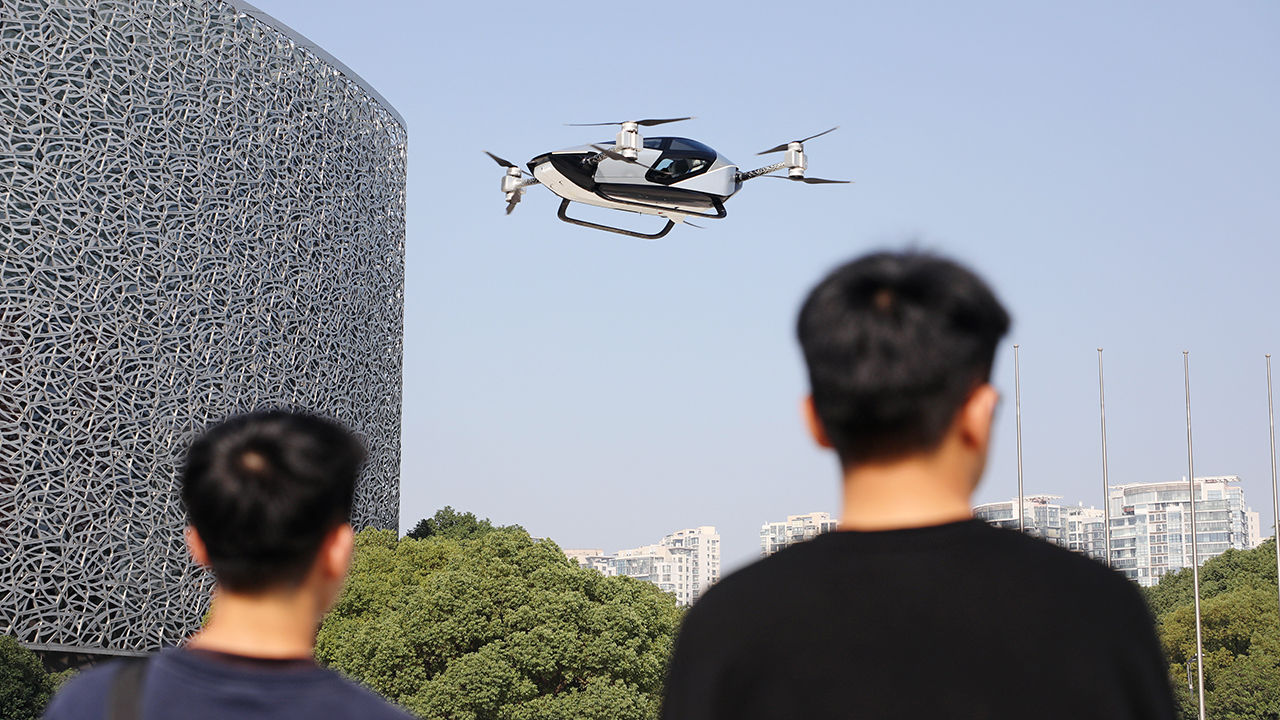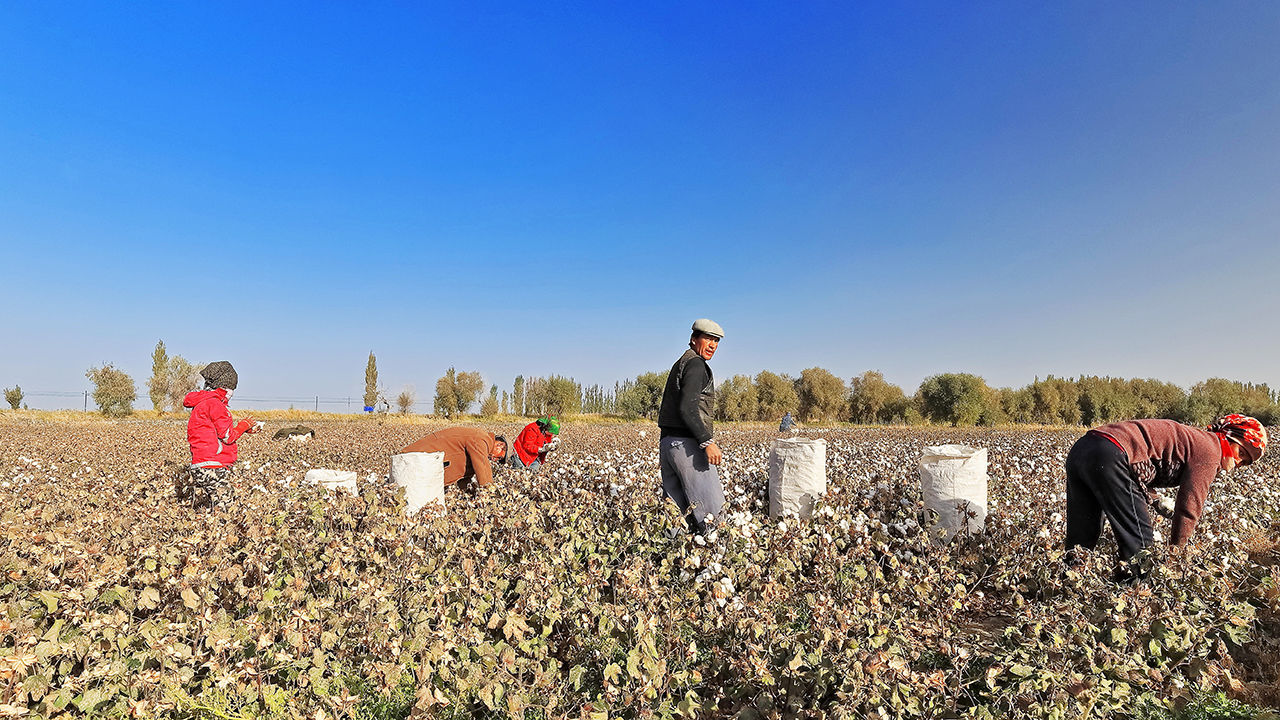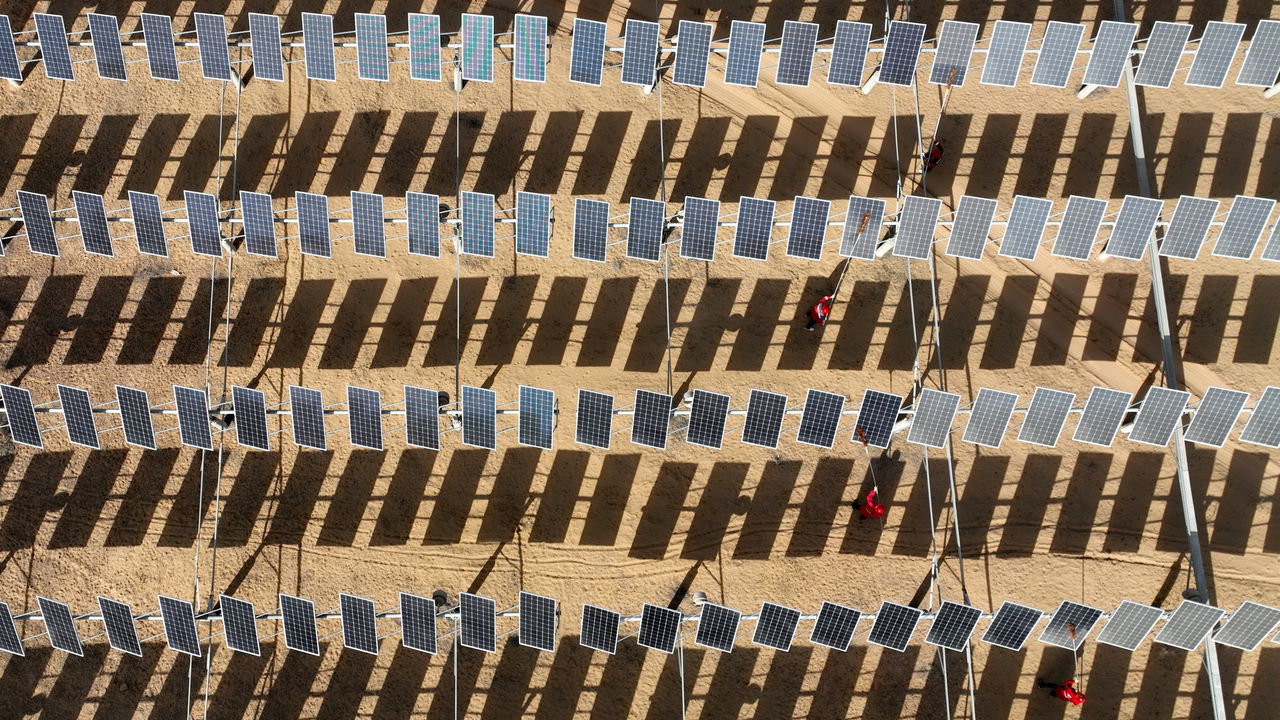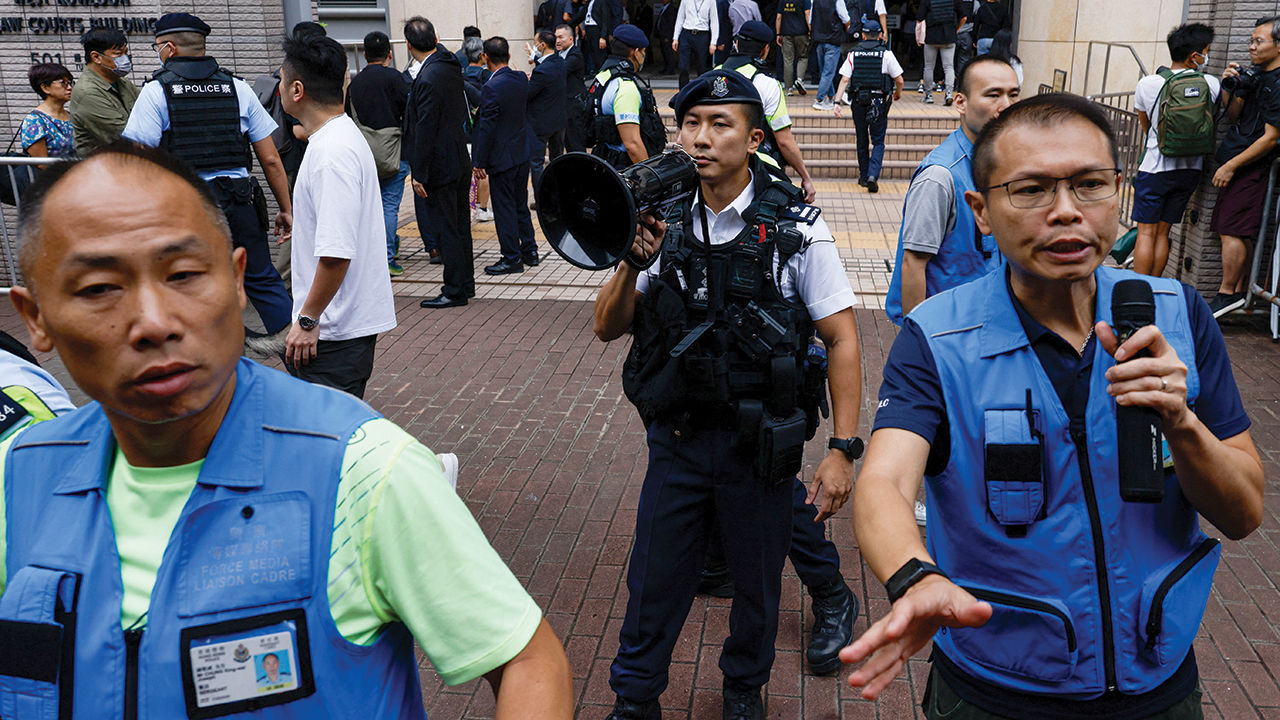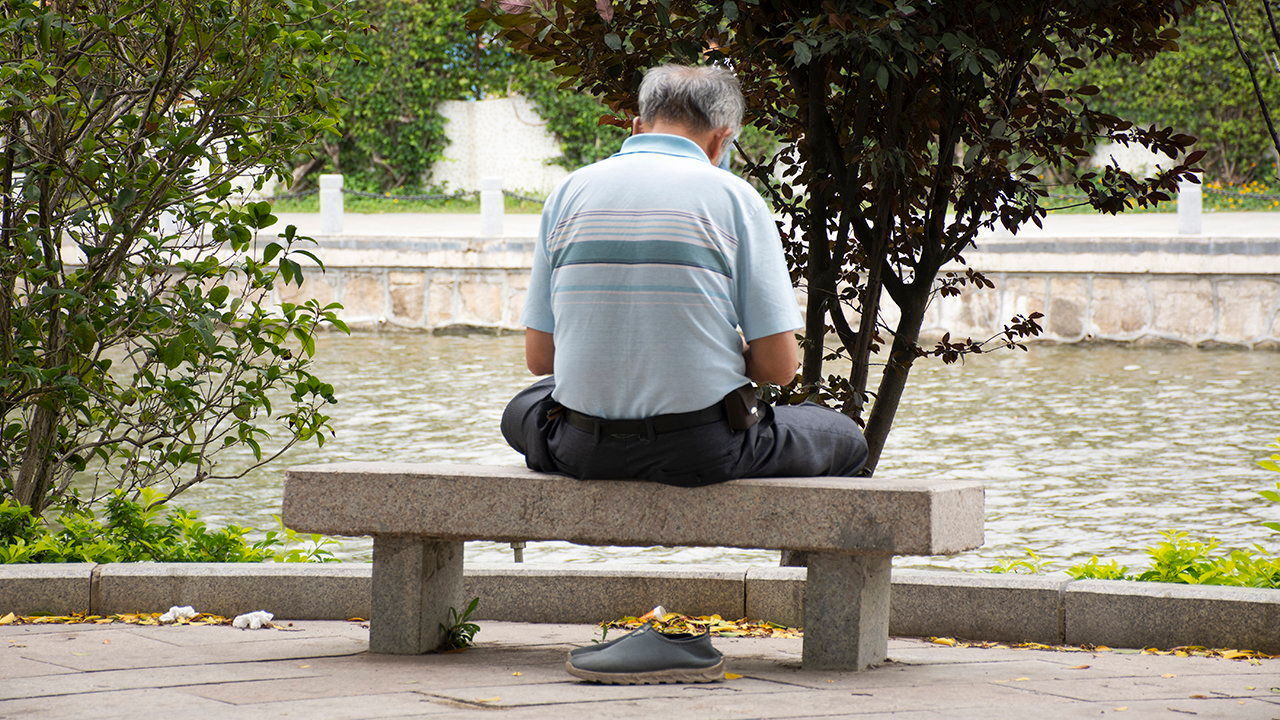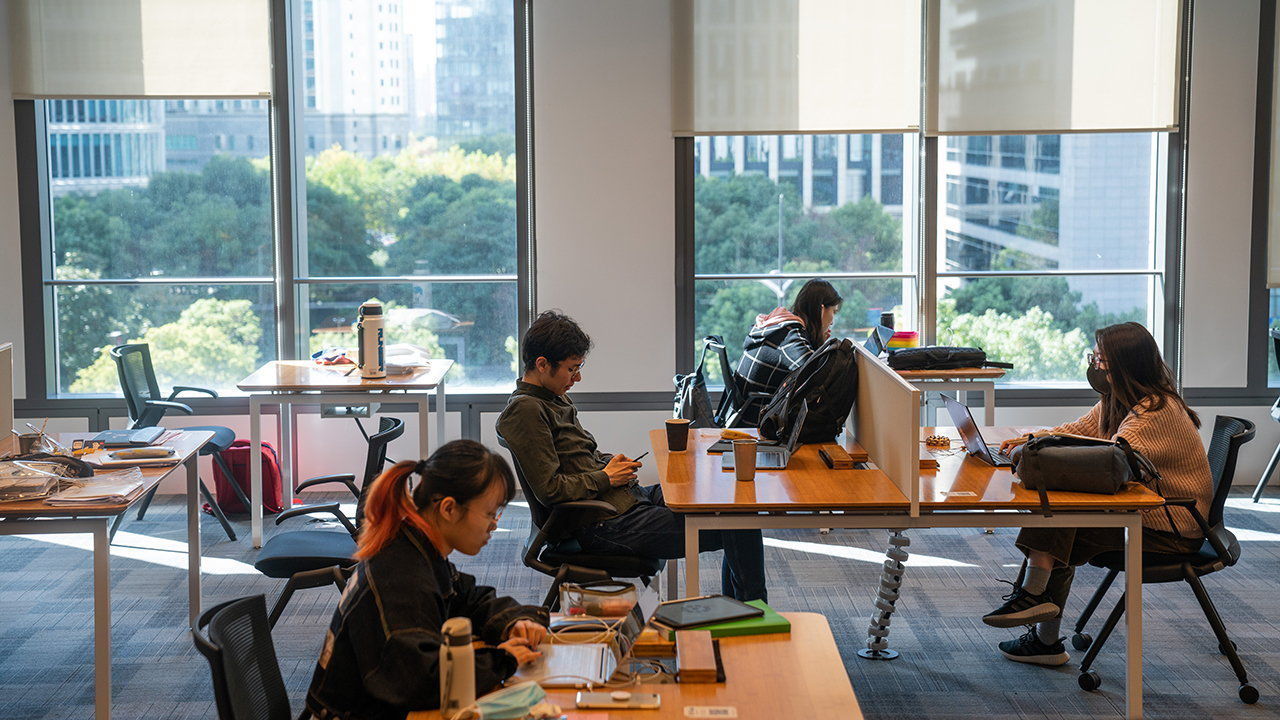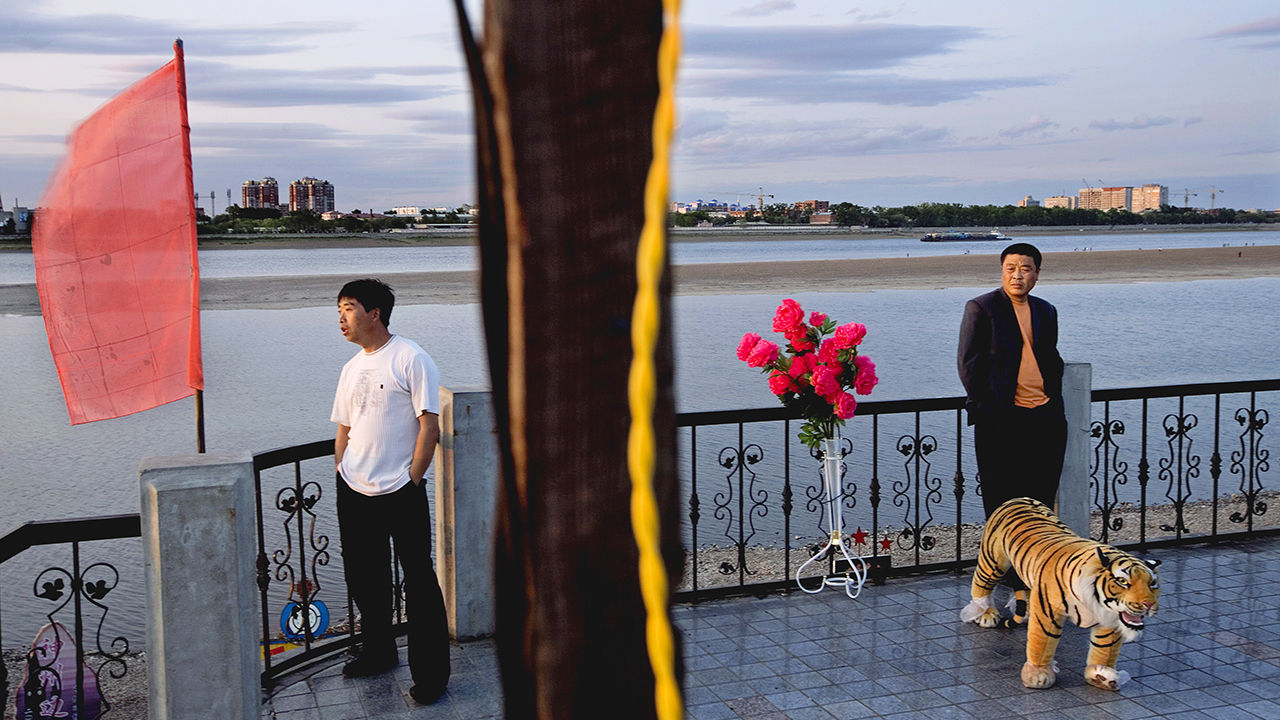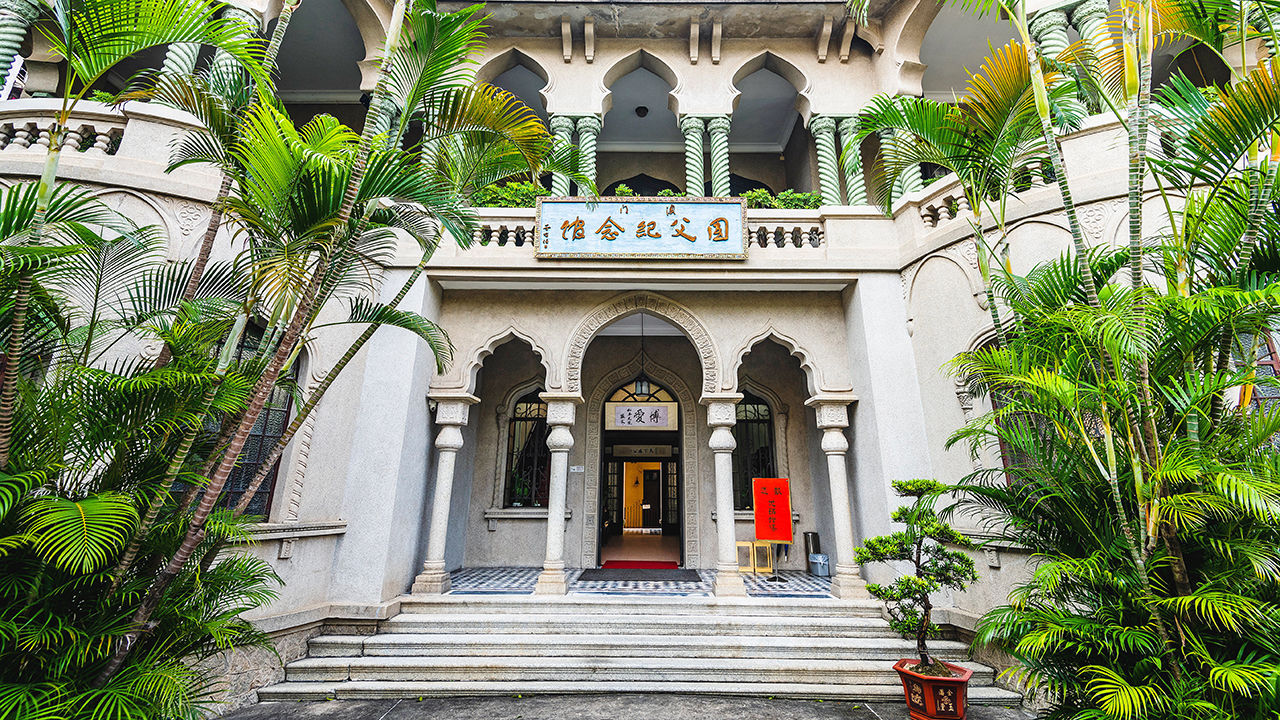NEARLY 12m STUDENTS will graduate from Chinese universities this month. Where they go after that is increasingly difficult to predict. For decades graduates were drawn to the same four cities: Beijing, the capital; Shanghai, a financial hub; Shenzhen, a tech centre; and Guangzhou, an export powerhouse. There were opportunities in these places. Their economic heft exceeded that of other Chinese cities. Their public services were better, too. And they were huge, with populations that now range from 13m (Shenzhen) to 26m (Shanghai). As a result, they were dubbed “first-tier” cities.…
Category: The Economist
It’s a bird, it’s a plane…it’s a Chinese flying car
IN HIS state-of-the-nation address earlier this year, China’s prime minister, Li Qiang, spoke of fostering new engines of economic growth. In particular, he mentioned “the low-altitude economy”. The phrase conjures images of flying cars, which might seem like science fiction to some. But in this area China is moving faster than most countries. Makers of flying cars, or electric vertical take-off and landing (eVTOL) vehicles, have been getting the green light from the government. The Economist
The evolution of forced labour in Xinjiang
In a village near the ancient Silk Road town of Yarkand, on the edge of the Taklamakan desert in the far-western region of Xinjiang, the gongzuodui has been busy. The term means “work team”. In Xinjiang it refers to a group of officials dispatched to a poor rural area to change the way Muslim residents live and think. In this village, called Konabazar, the team has been engaged in “ideological mobilisation”. The aim is to persuade reluctant farmers to head off and do other forms of work. The Economist
Has China reached peak emissions?
IN LATE 2022 the Chinese government dropped its strict controls over the spread of covid-19. That was good for the economy. Factories started humming again and more cars returned to the roads. For the same reasons, it was bad for the climate. In 2023 China’s carbon-dioxide emissions surged by 4.7%, to a record 12.6bn tonnes. China accounted for over a third of the world’s emissions last year. The Economist
Hong Kong convicts 14 pro-democracy activists
The three presiding judges wasted little time in presenting their verdicts in the case of the “Hong Kong 47”, members of the city’s pro-democracy political opposition. Over the course of two minutes on May 30th, the justices declared 14 of the defendants guilty of conspiracy to commit subversion in the biggest national-security trial in the city’s history. Thirty-one had already pleaded guilty. Two were acquitted. The Economist
How China uses Russia to chew up the UN
IN THESE GRIM and violent times, it may seem odd to fret about diplomatic dysfunction in the United Nations Security Council. But at its best, that forum is a bulwark against anarchy. Its five permanent members—America, Britain, China, France and Russia—are balanced by a further ten governments elected to two-year terms. Responding to crises both large and obscure, council resolutions have over the years imposed sanctions, peacekeeping missions, arms embargoes or, at a minimum, international scrutiny on tyrants, terrorists and coup leaders who might otherwise enjoy complete impunity. The Economist
Why Hong Kong is sending its old people to Guangdong
Yee Hong Heights, just outside the city of Shenzhen, looks more like a mountain retreat than a care home. Its 260 residents can wander through gardens fringed with palm trees. But the classes on how to use an iPad are perhaps more important. Some 70% of the residents come from Hong Kong. The training allows them to talk with their children back in the city. The Economist
The number of American students in China is going up again
ON HIS VISIT to China last month Antony Blinken, America’s secretary of state, spent time talking to students at New York University’s Shanghai campus. Both countries, he said, needed to develop “rising generations who know each other, who know about each other and, hopefully, who understand each other”. For America that has become more difficult. The number of American students studying in China fell from a high of around 15,000 in the 2011-12 school year to a low of around 300 during the covid-19 pandemic. The Economist
Even Xi Jinping is struggling to fix regional inequality
TO UNDERSTAND WHAT China’s leaders care about, look at where they travel. Earlier this month Li Qiang, the prime minister, spent three days in Xinjiang, a poor area in western China where he ordered local authorities to boost incomes and employment. At the same time Mr Li’s deputy, Ding Xuexiang, went to Shenyang, a city in China’s north-eastern rustbelt. Mr Ding called for the region’s “revitalisation”. Two weeks before all that, the supreme leader, Xi Jinping, presided over a symposium in the city of Chongqing where he heralded a “new…
How Taiwan still hangs on to property in bits of China
THERE ARE few places within China’s borders where displaying Taiwan’s national flag is allowed. One is the Sun Yat-sen Memorial House, a museum in Macau where more than a dozen Taiwanese standards are on display. Some are near the entrance and visible to pedestrians outside. There are also two enormous posters that declare Taiwan “the Heart of Asia” (a Taiwanese tourism logo). In a reading room one finds newspapers and magazines published by Taiwan’s government. The Economist

